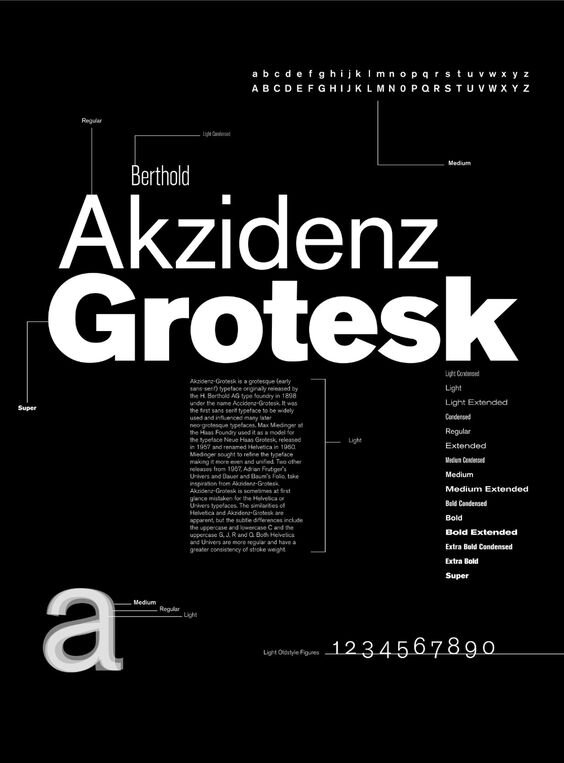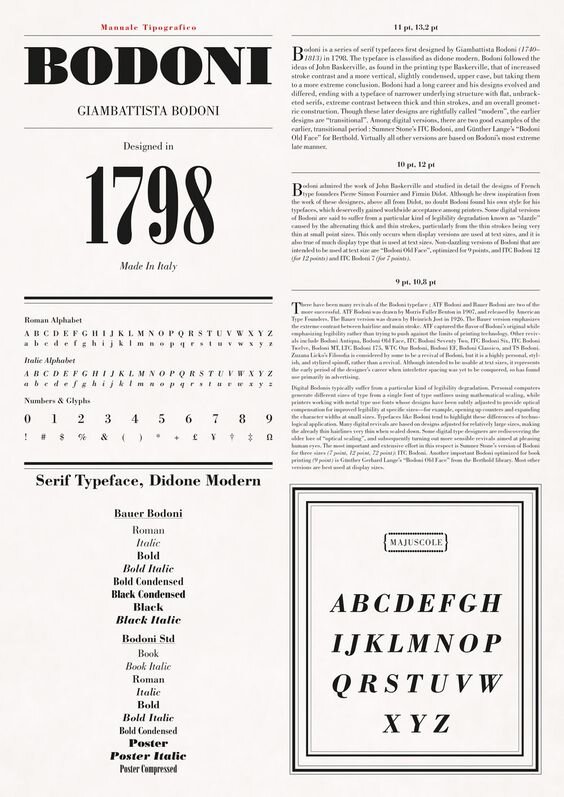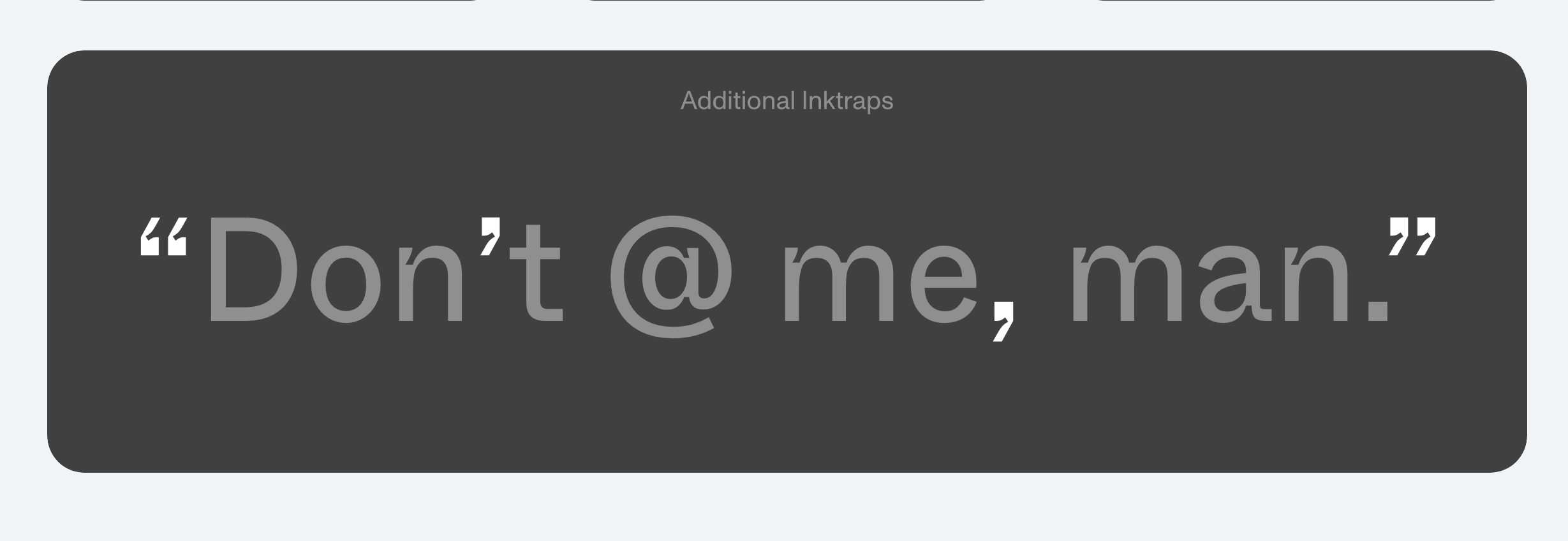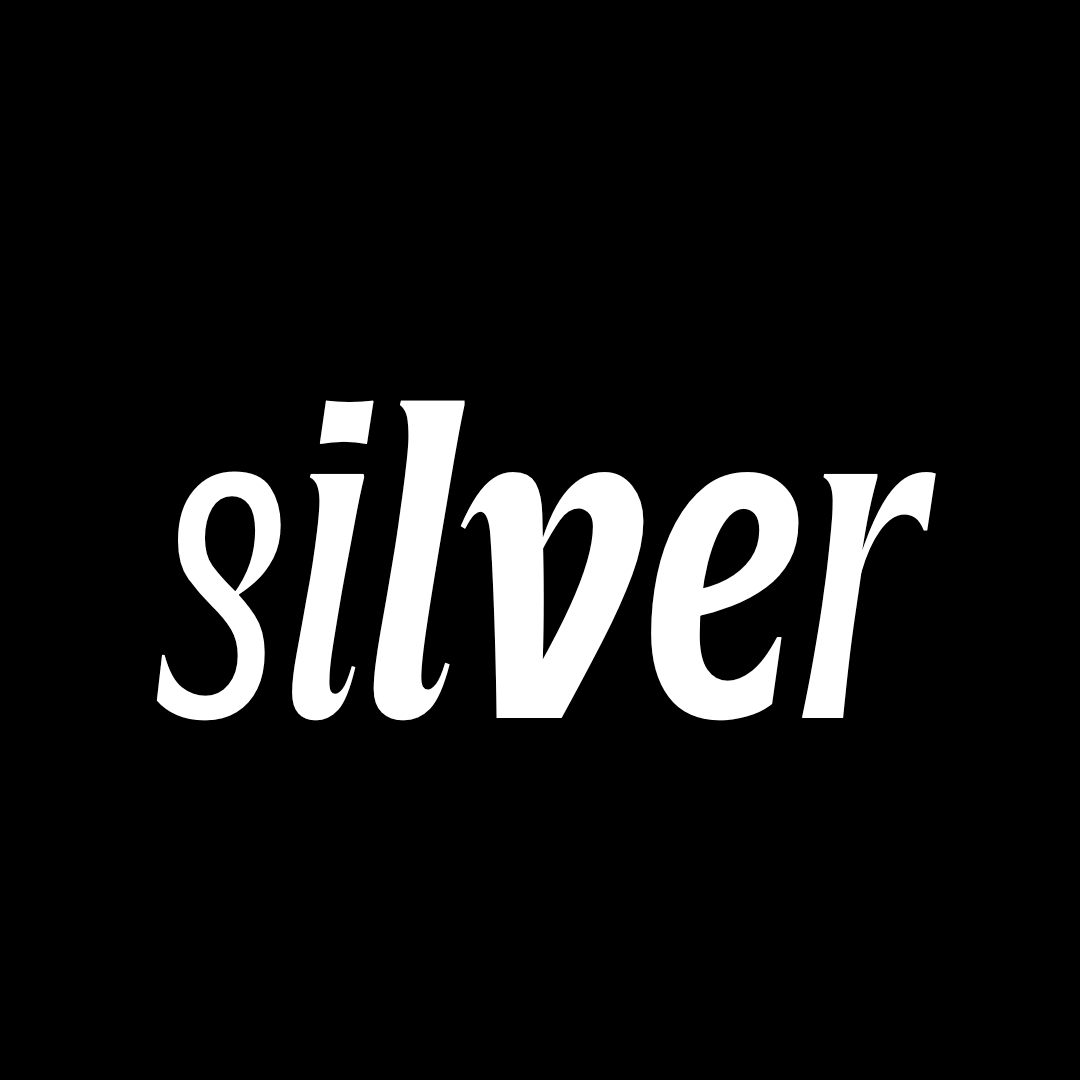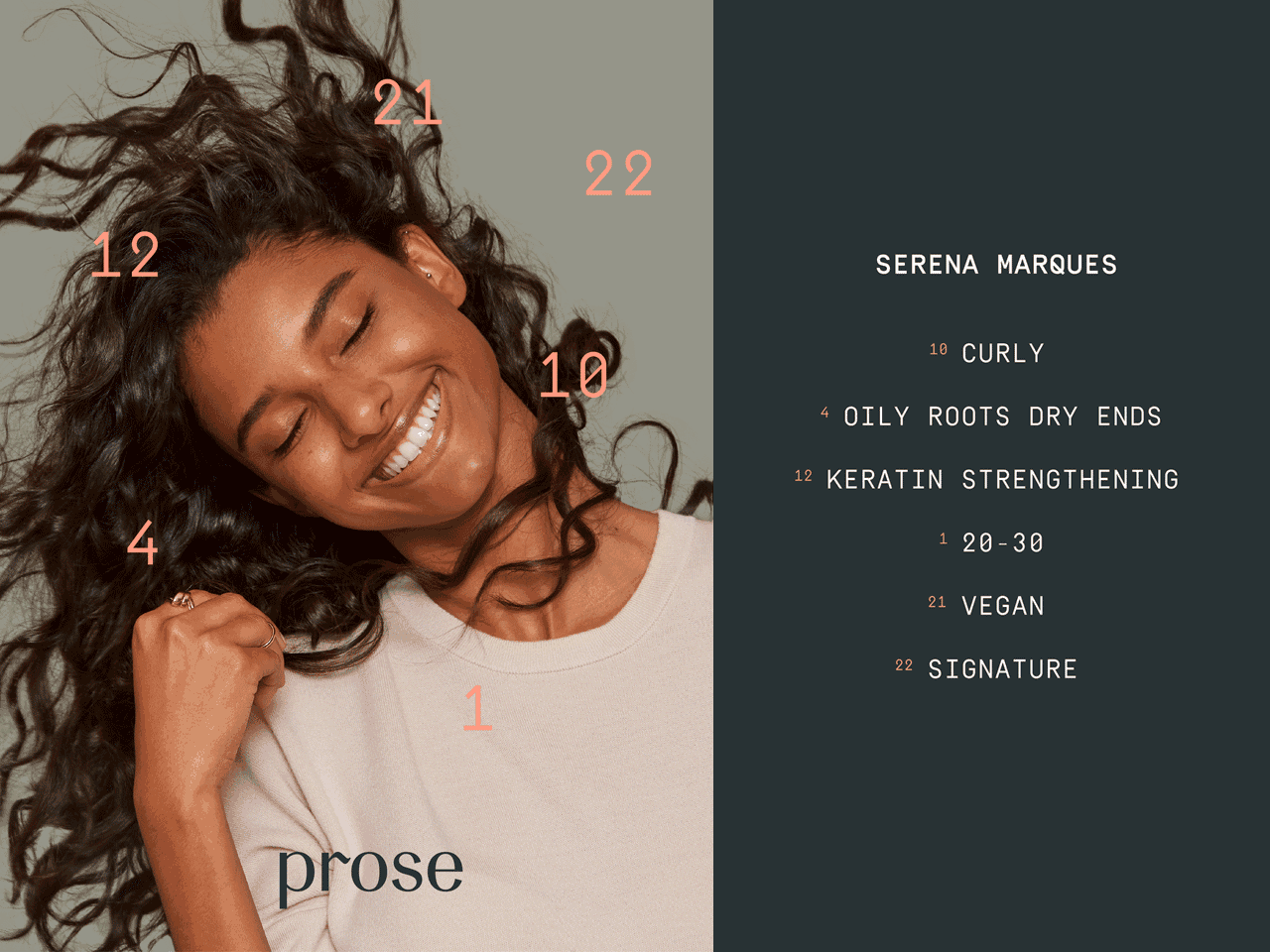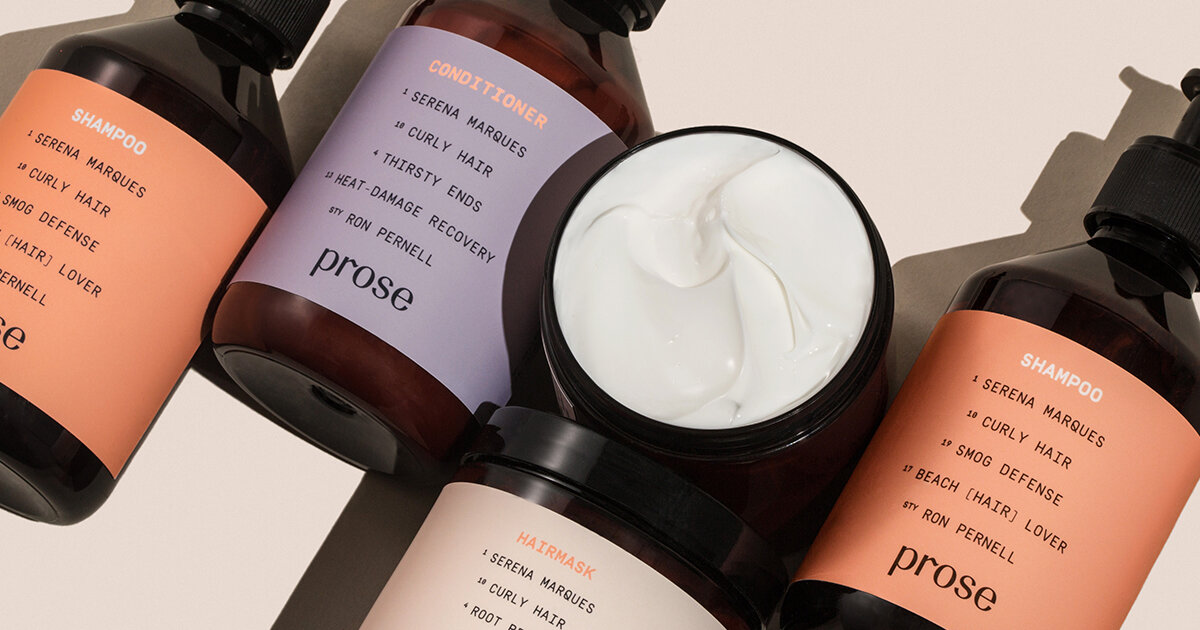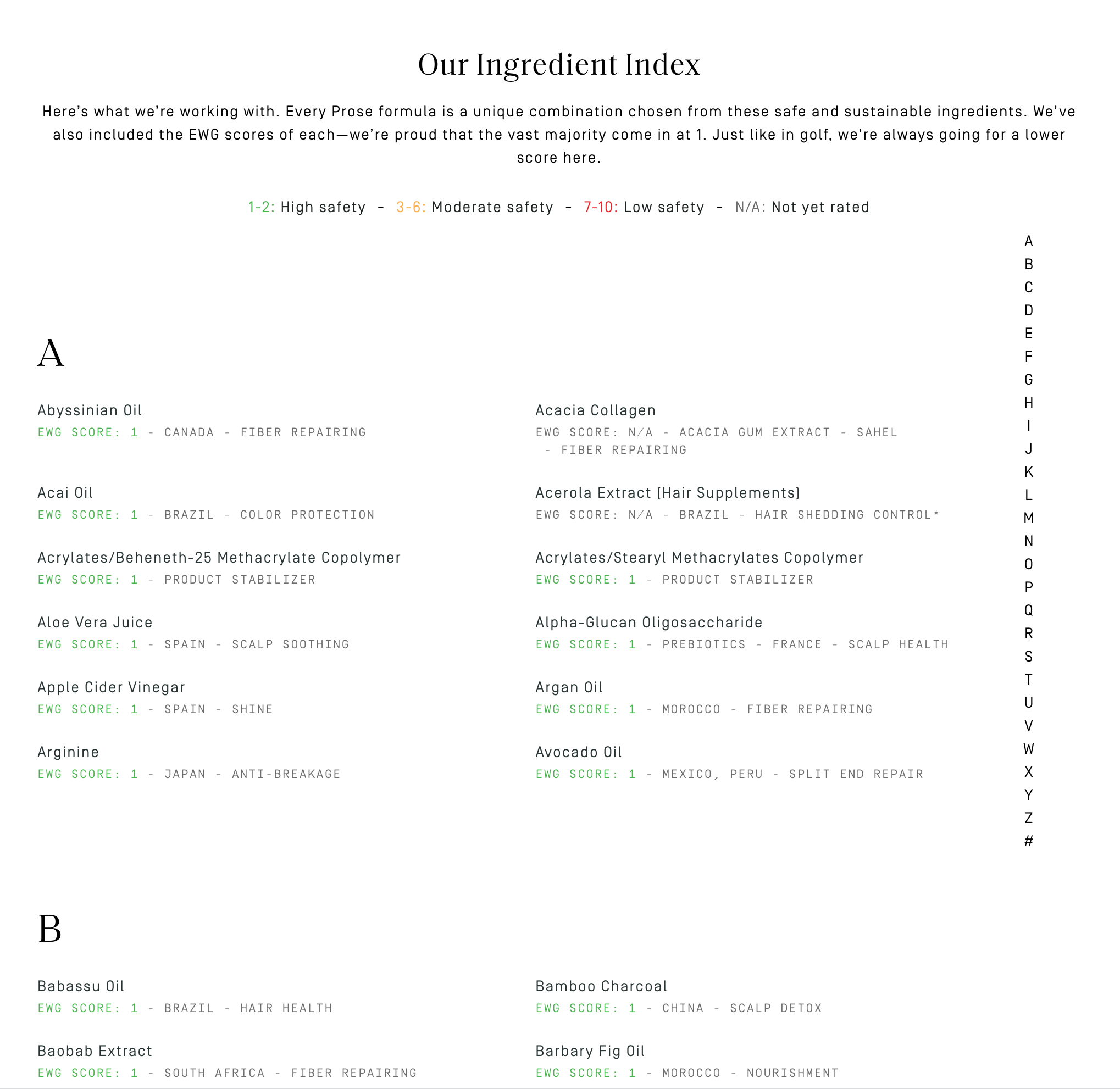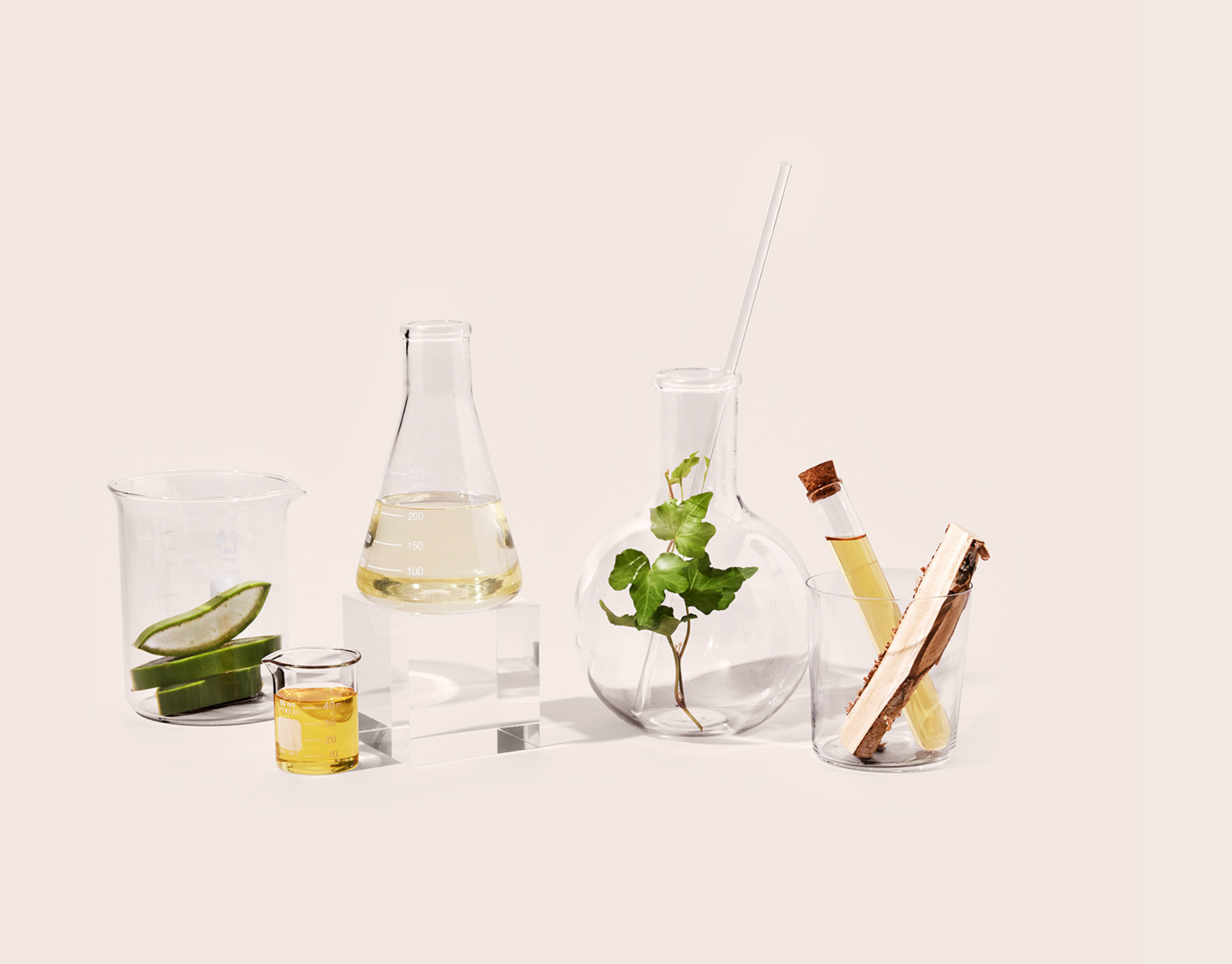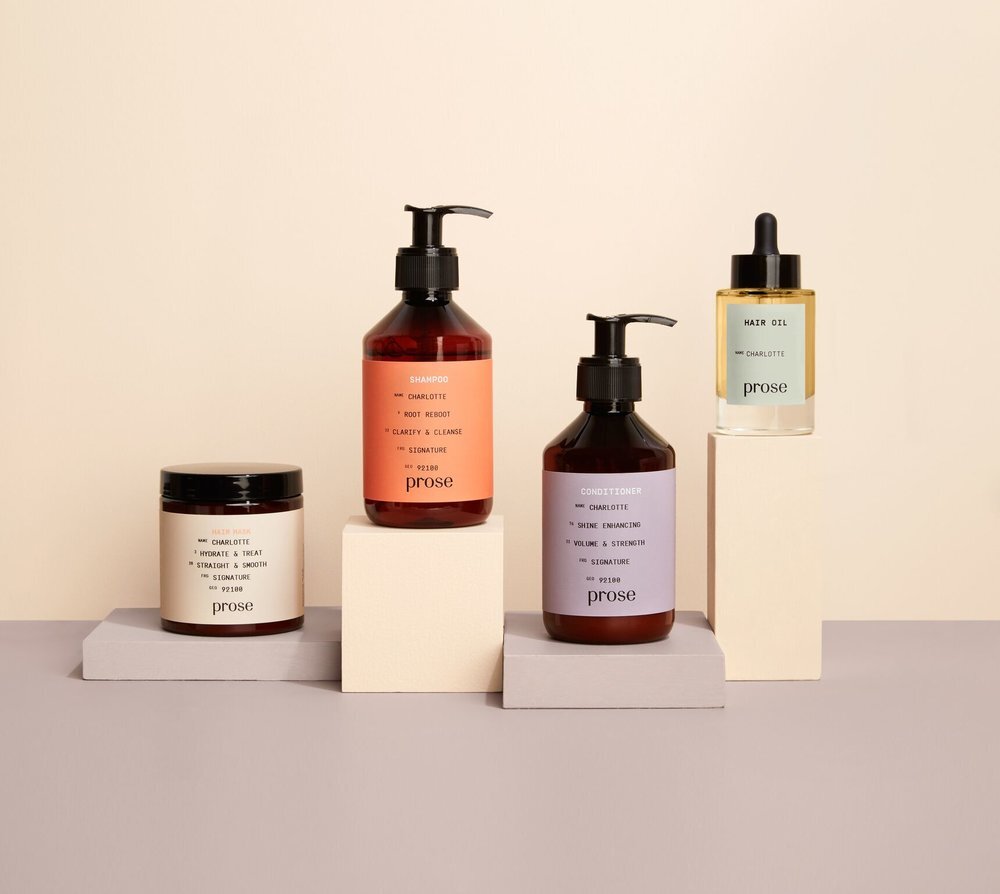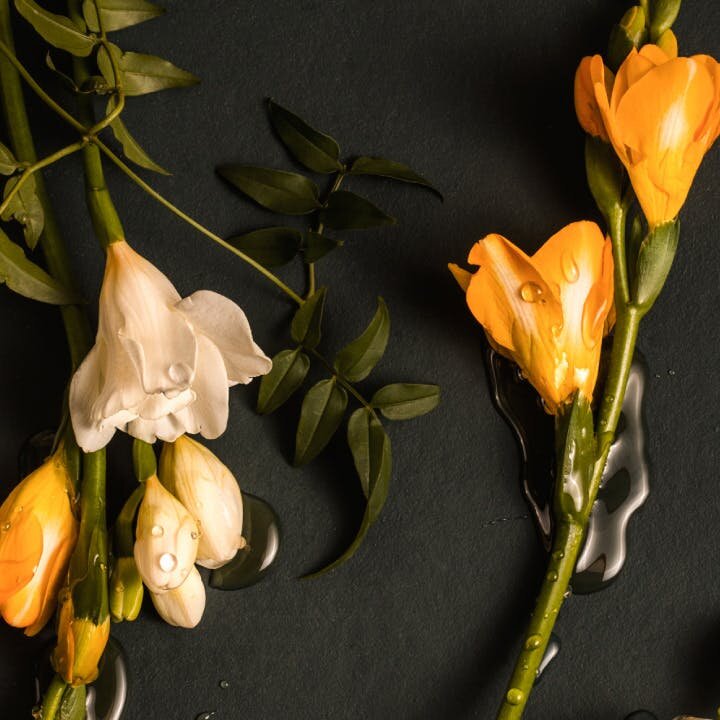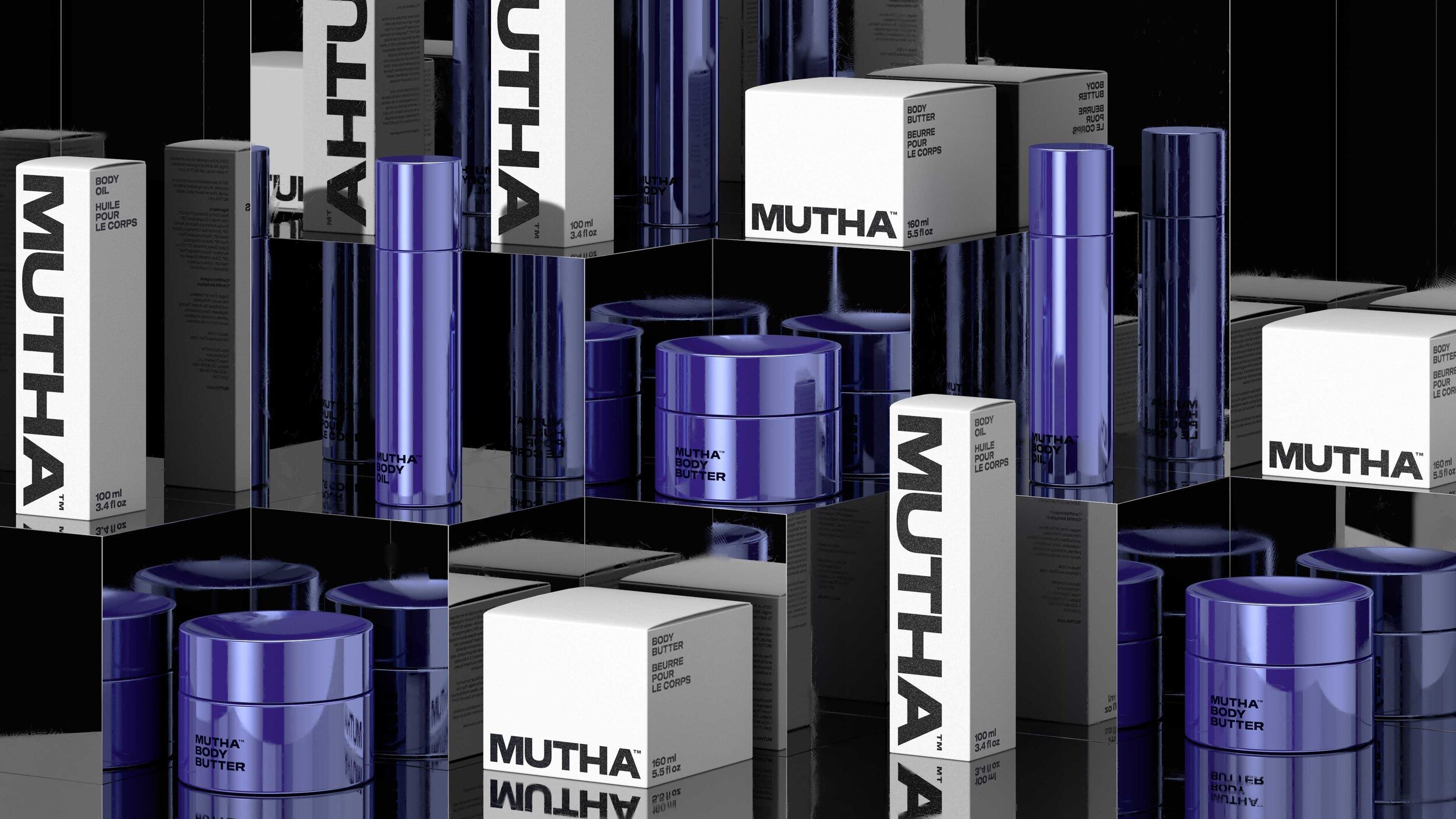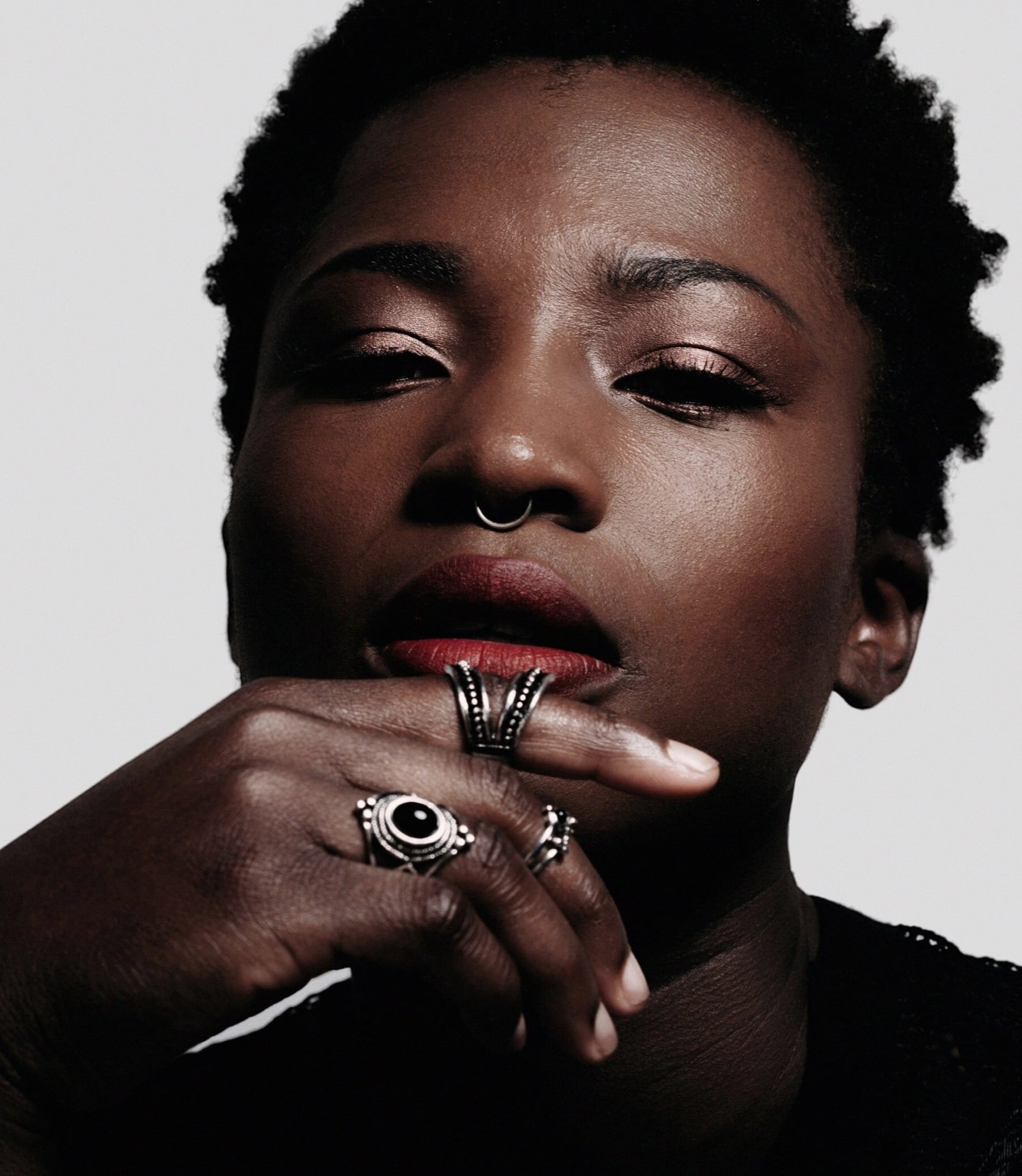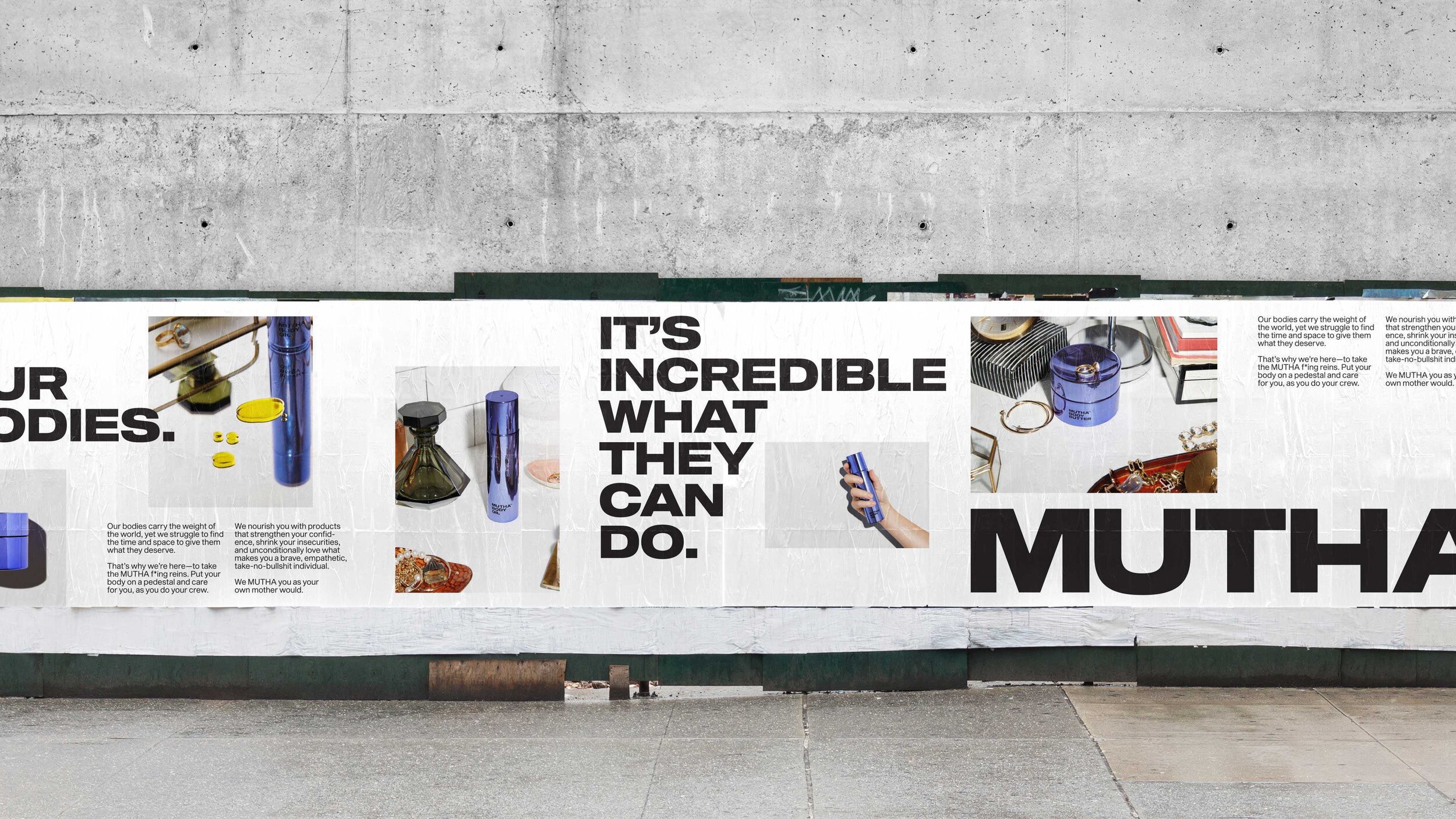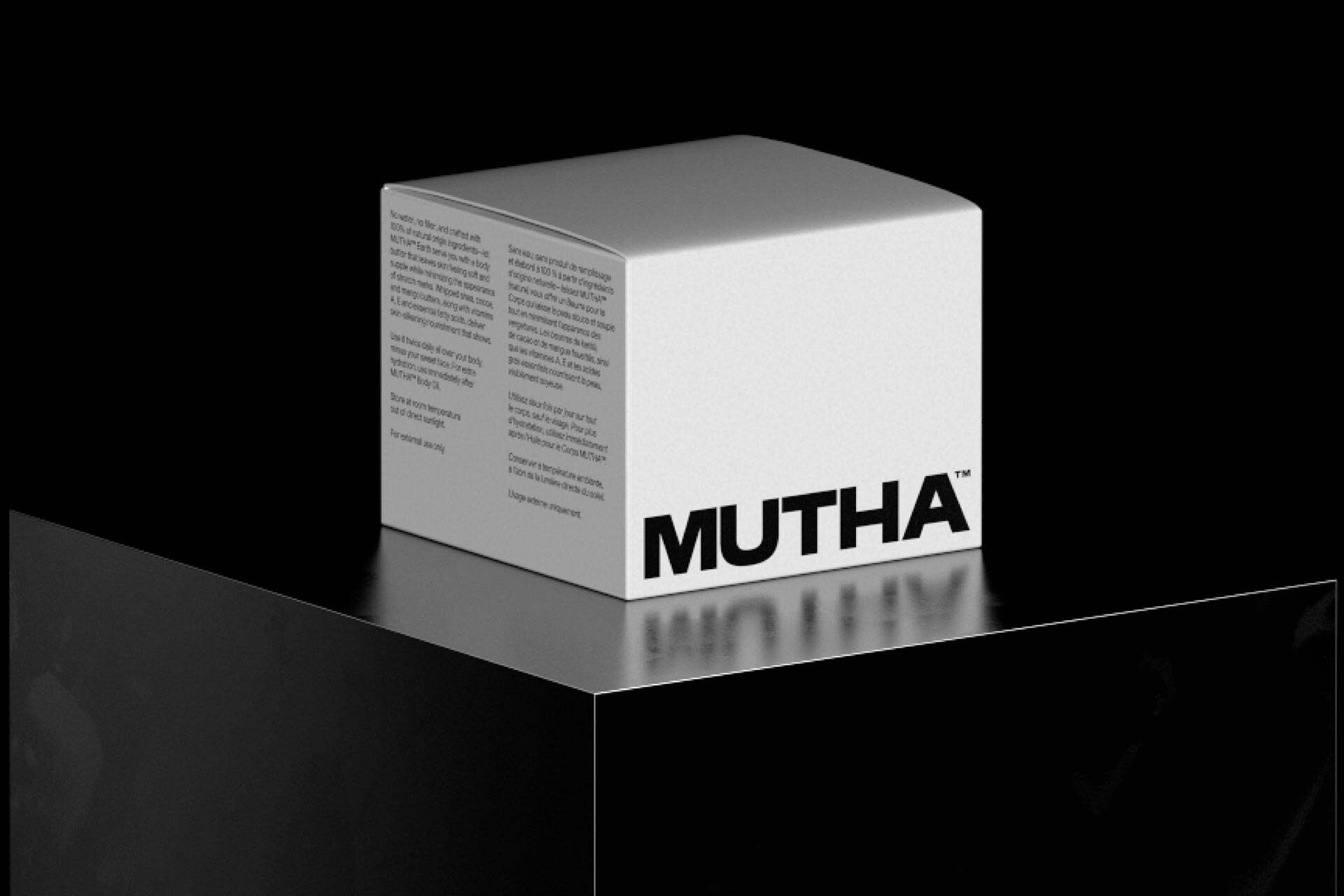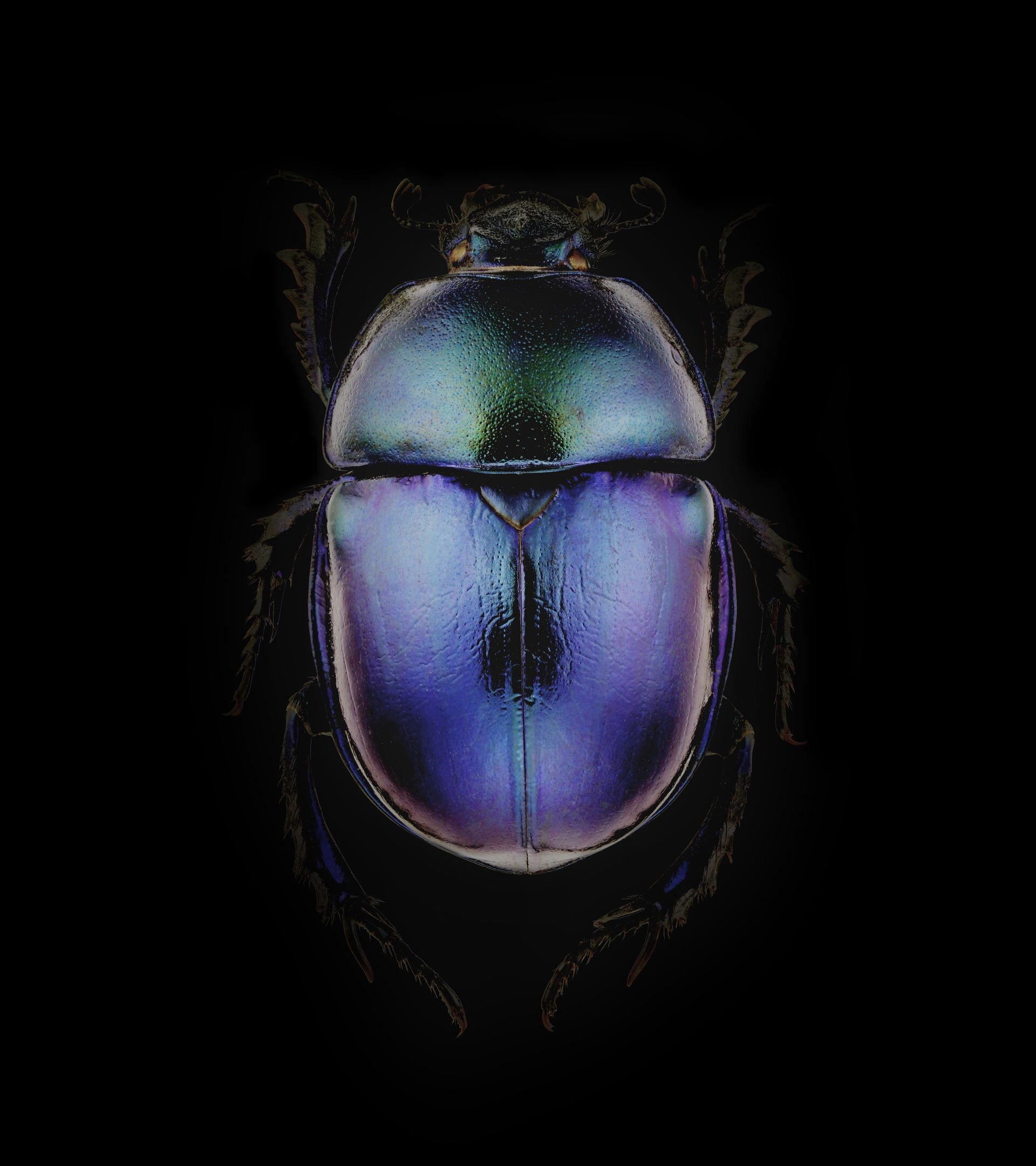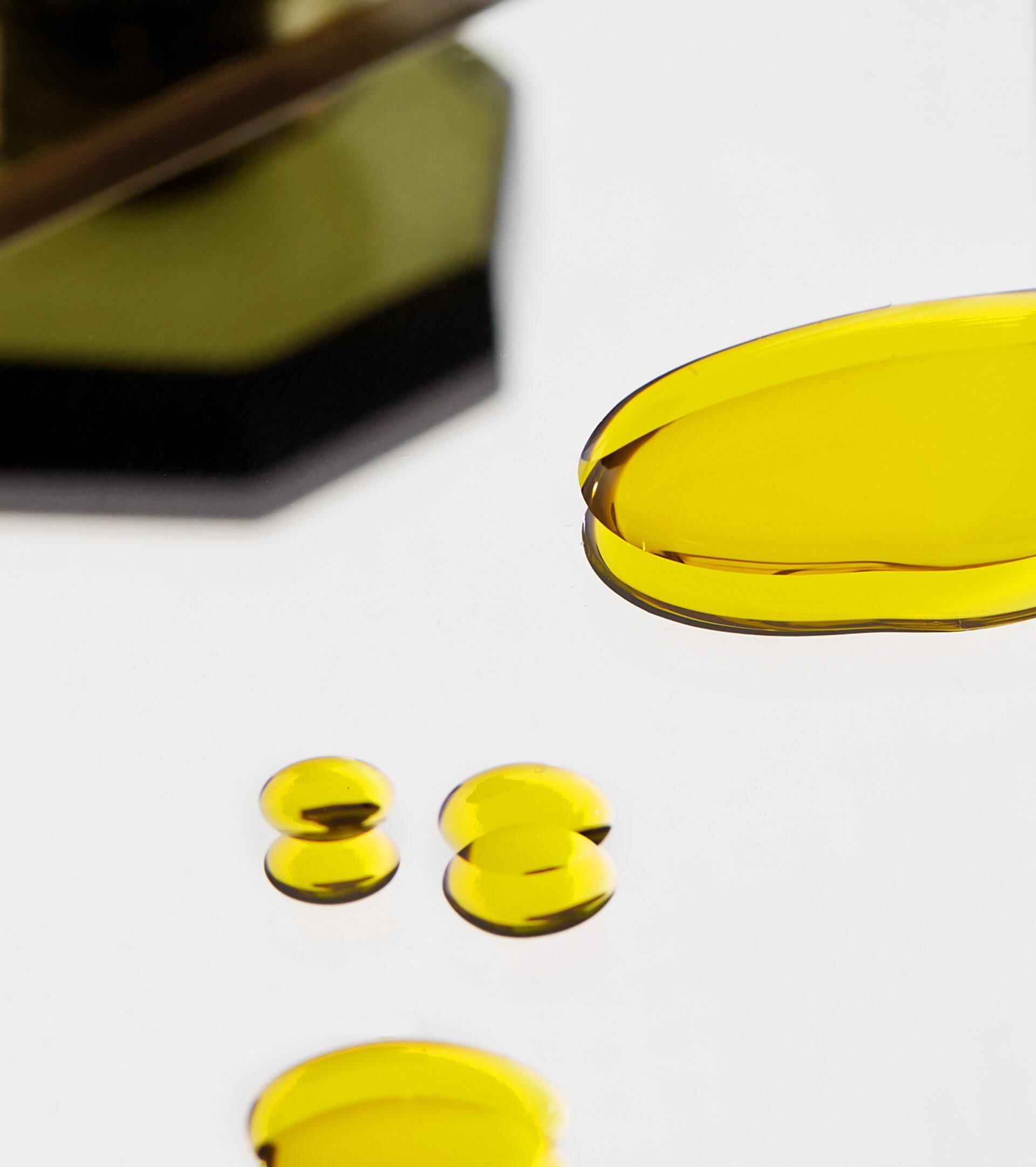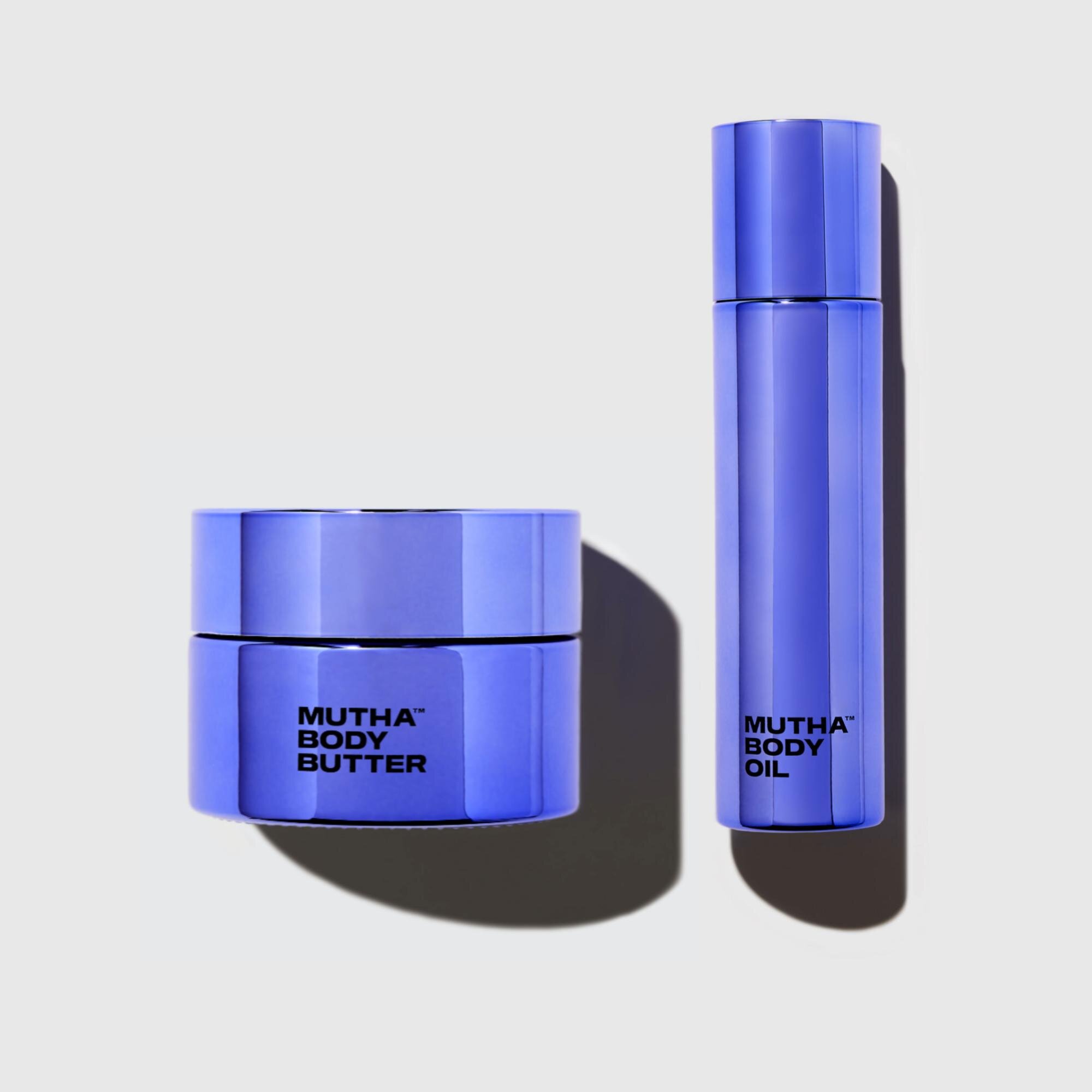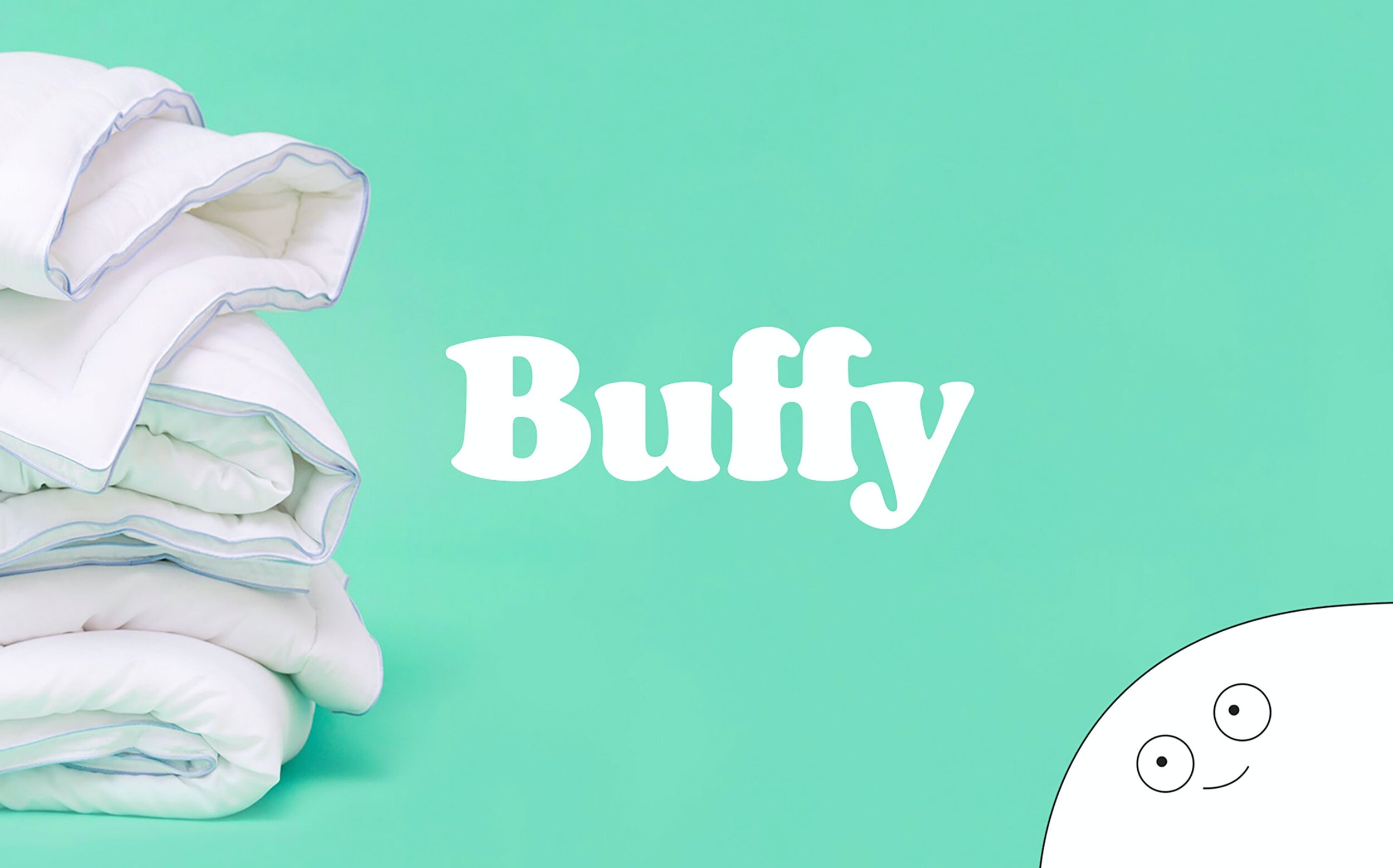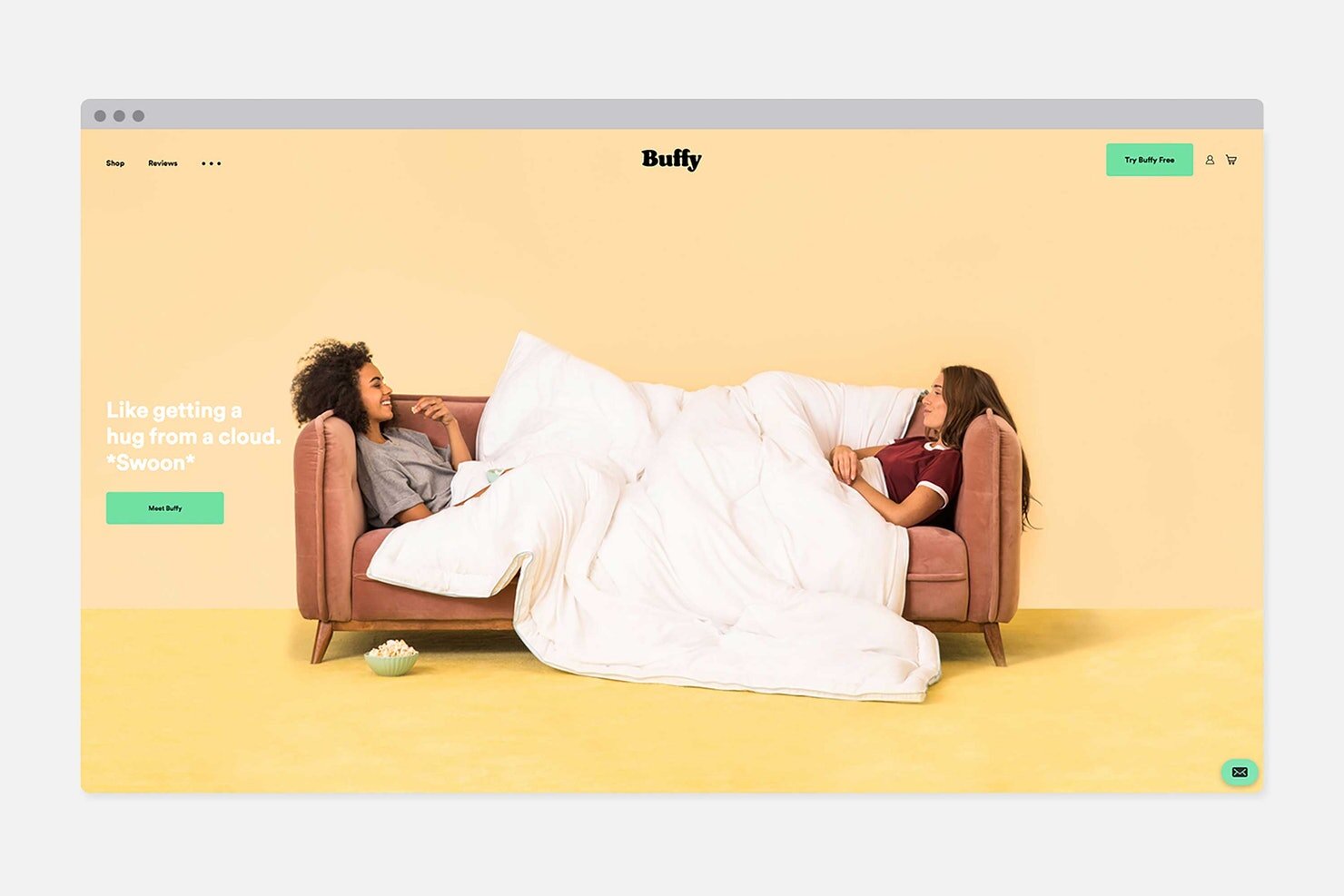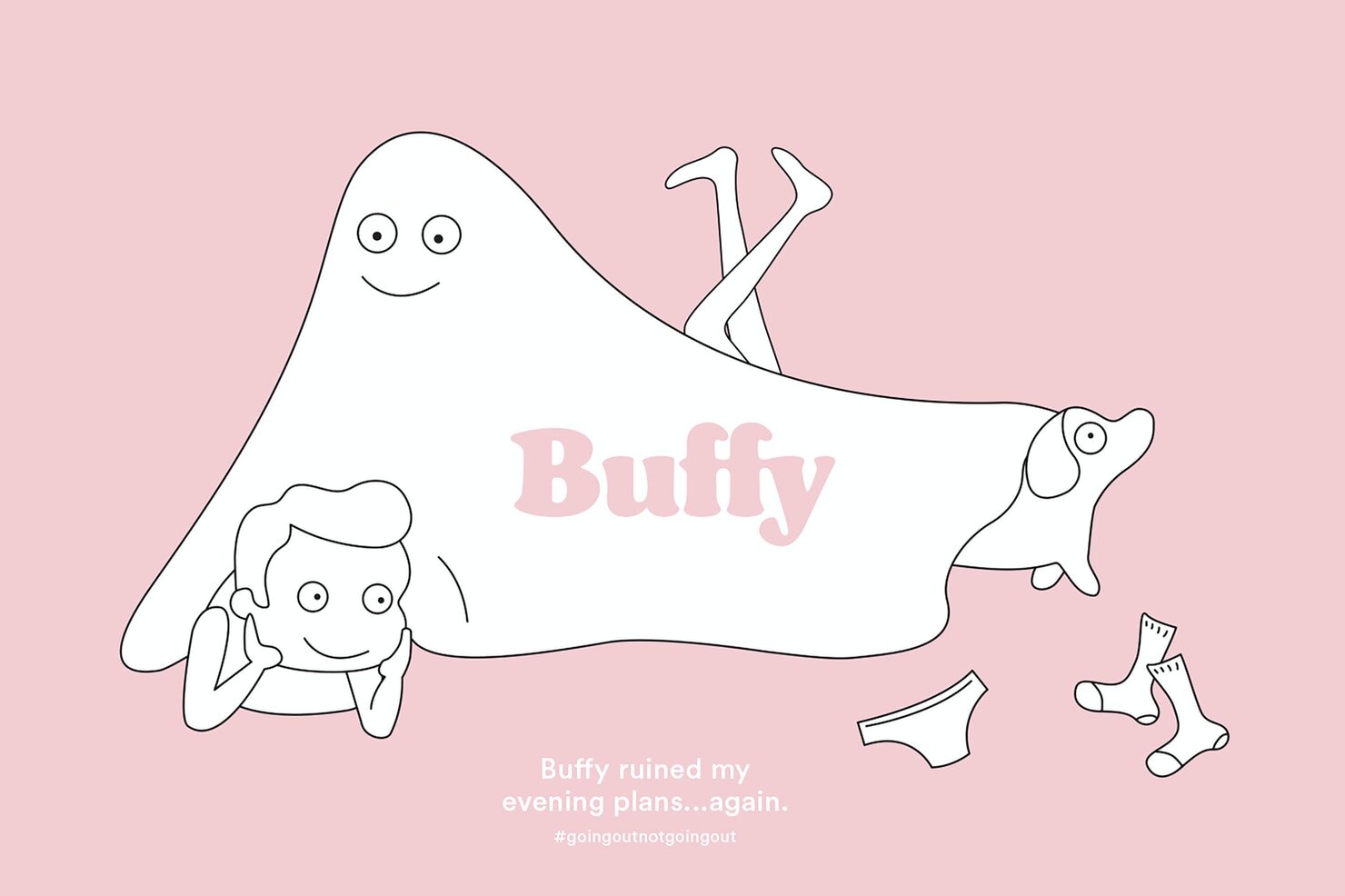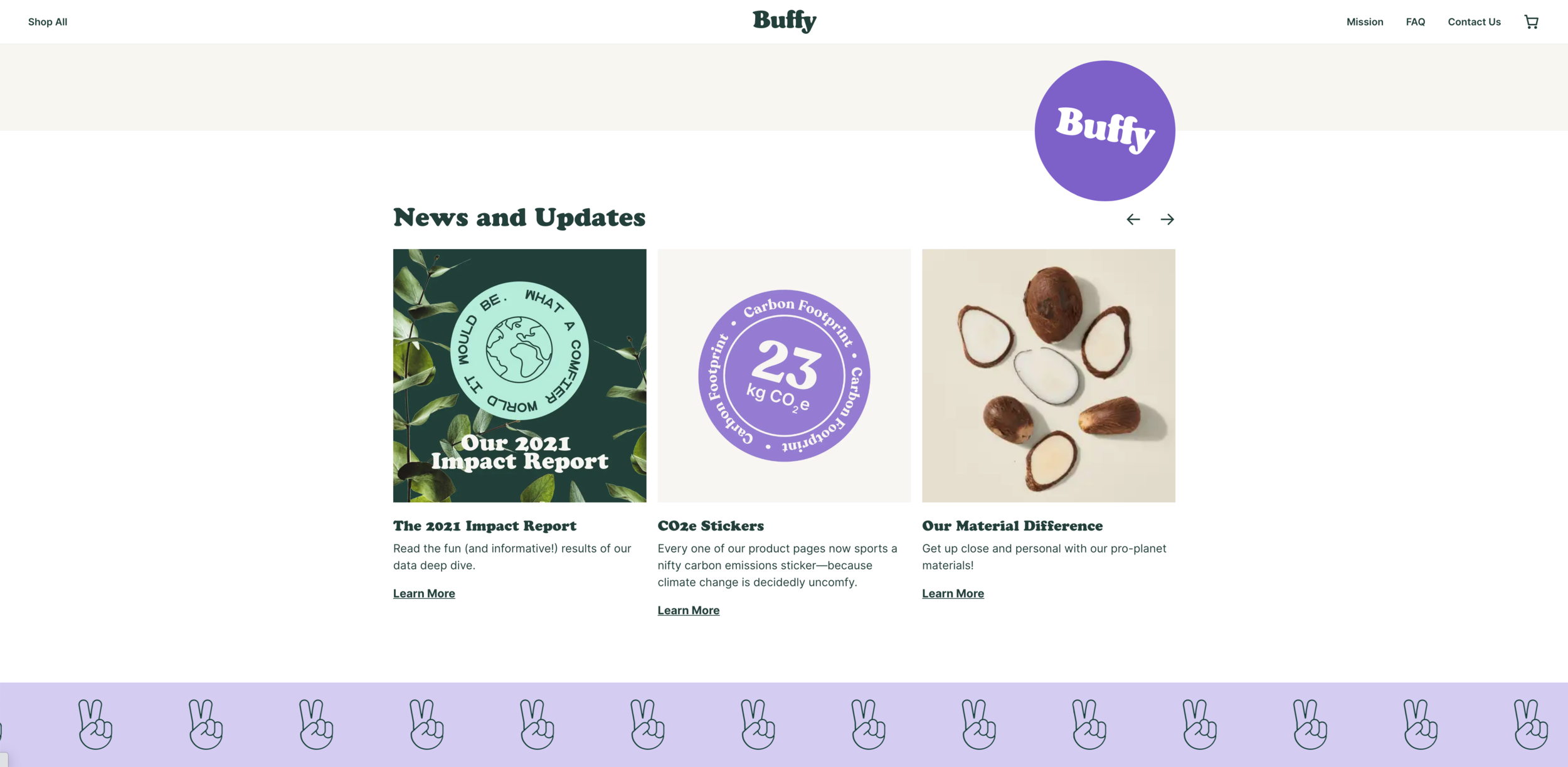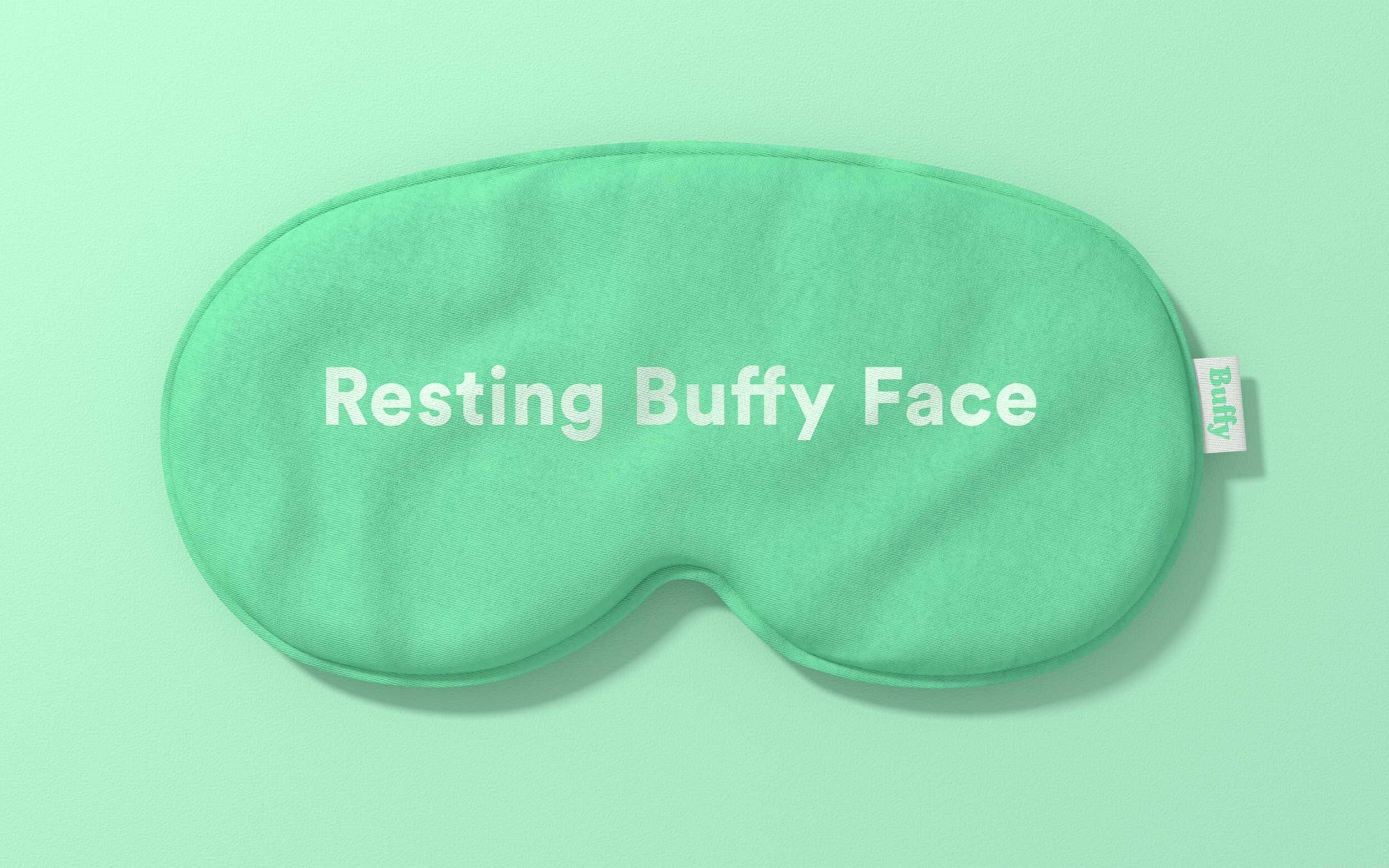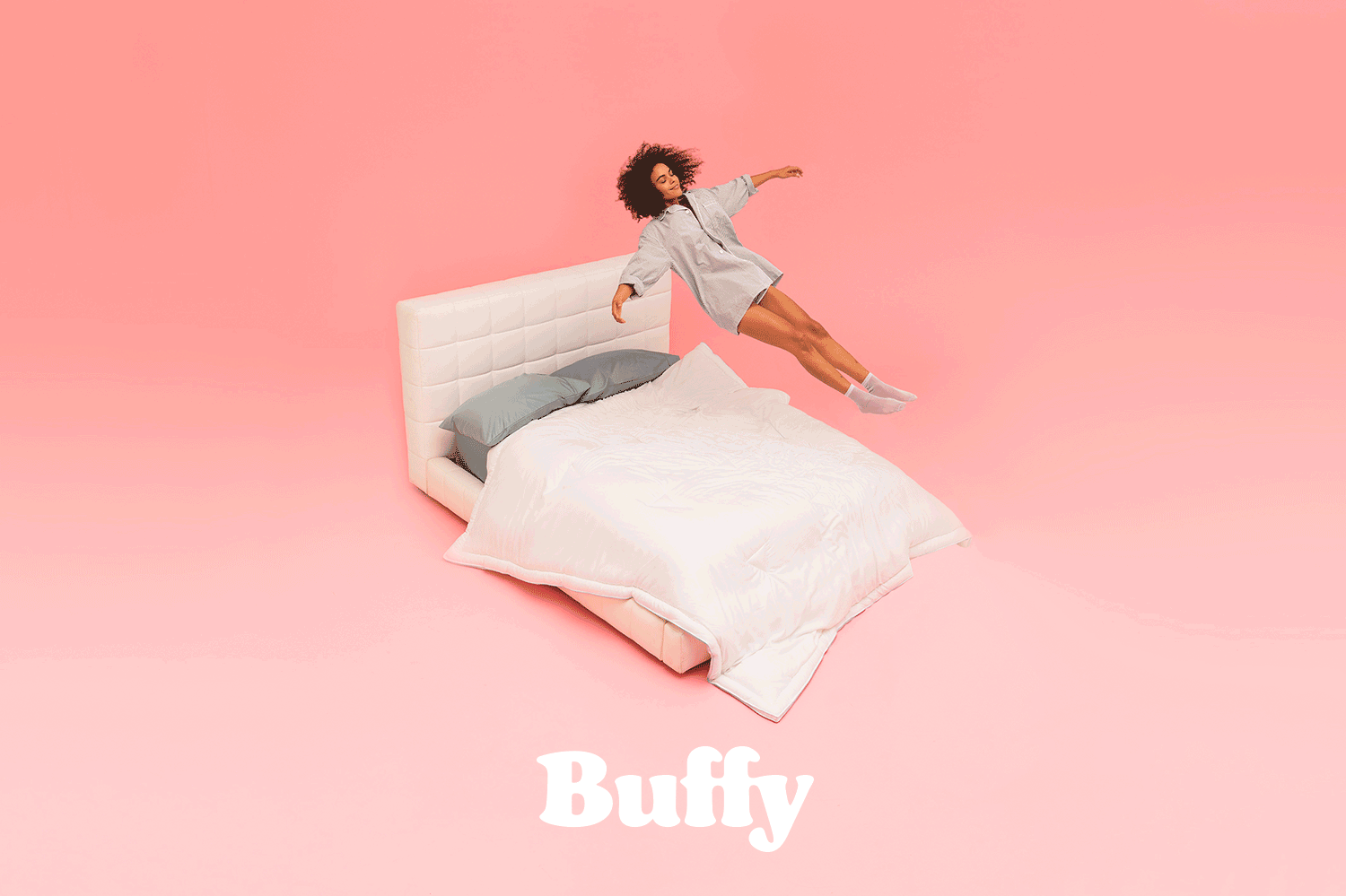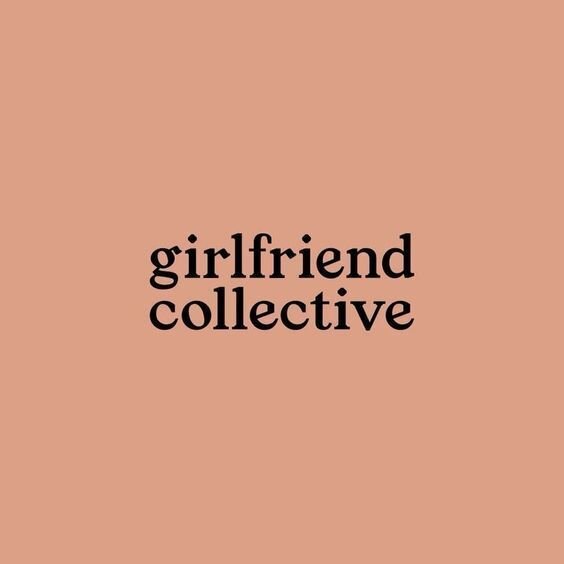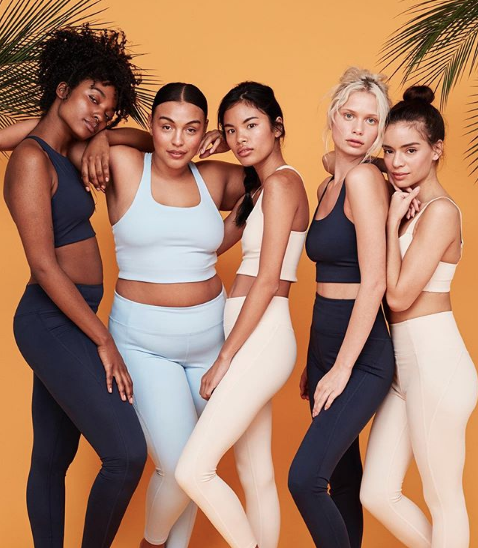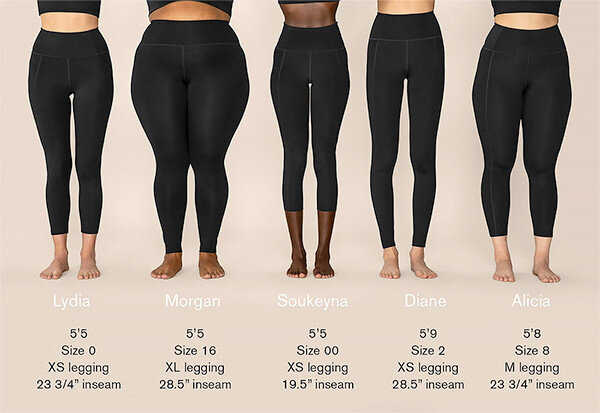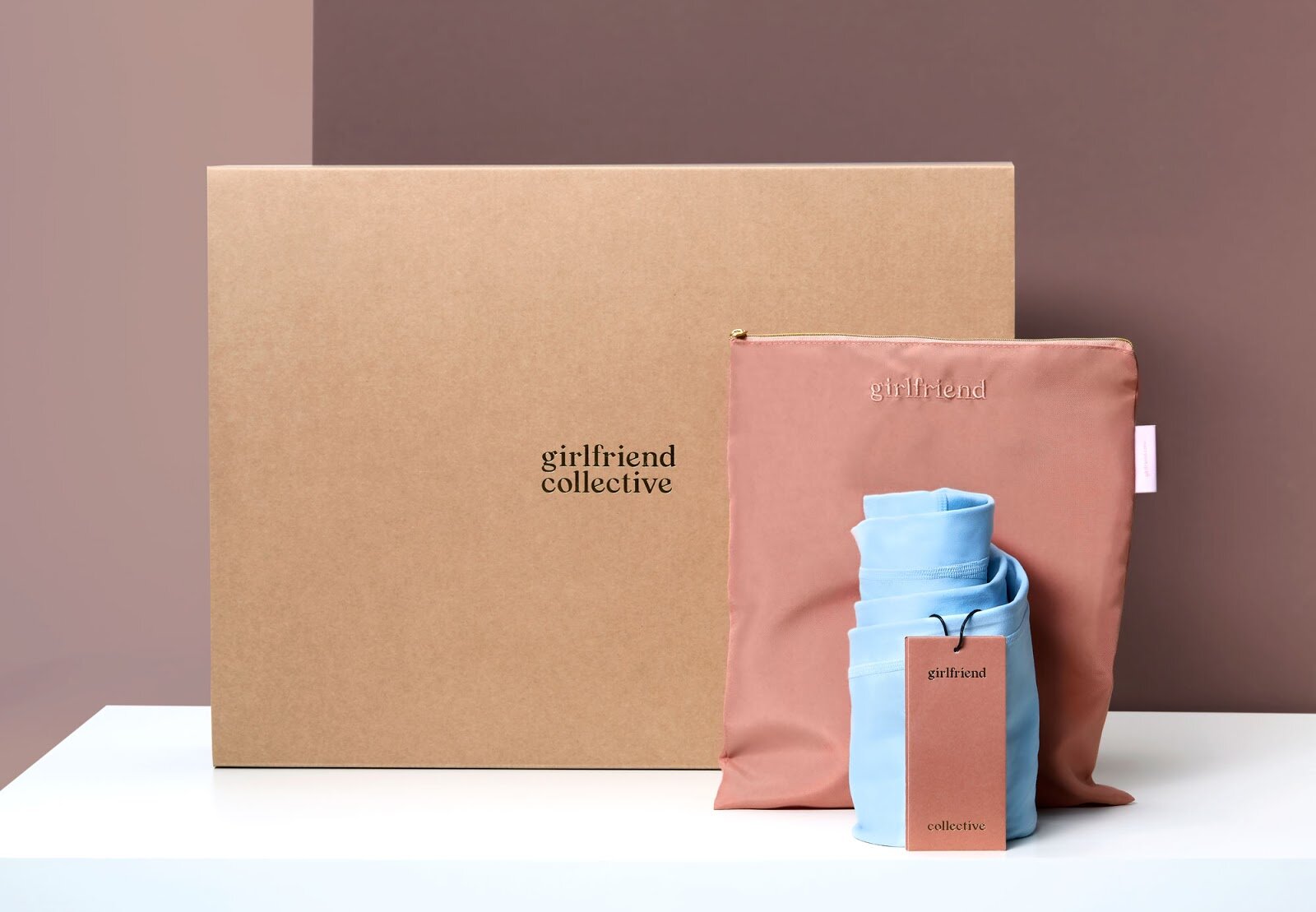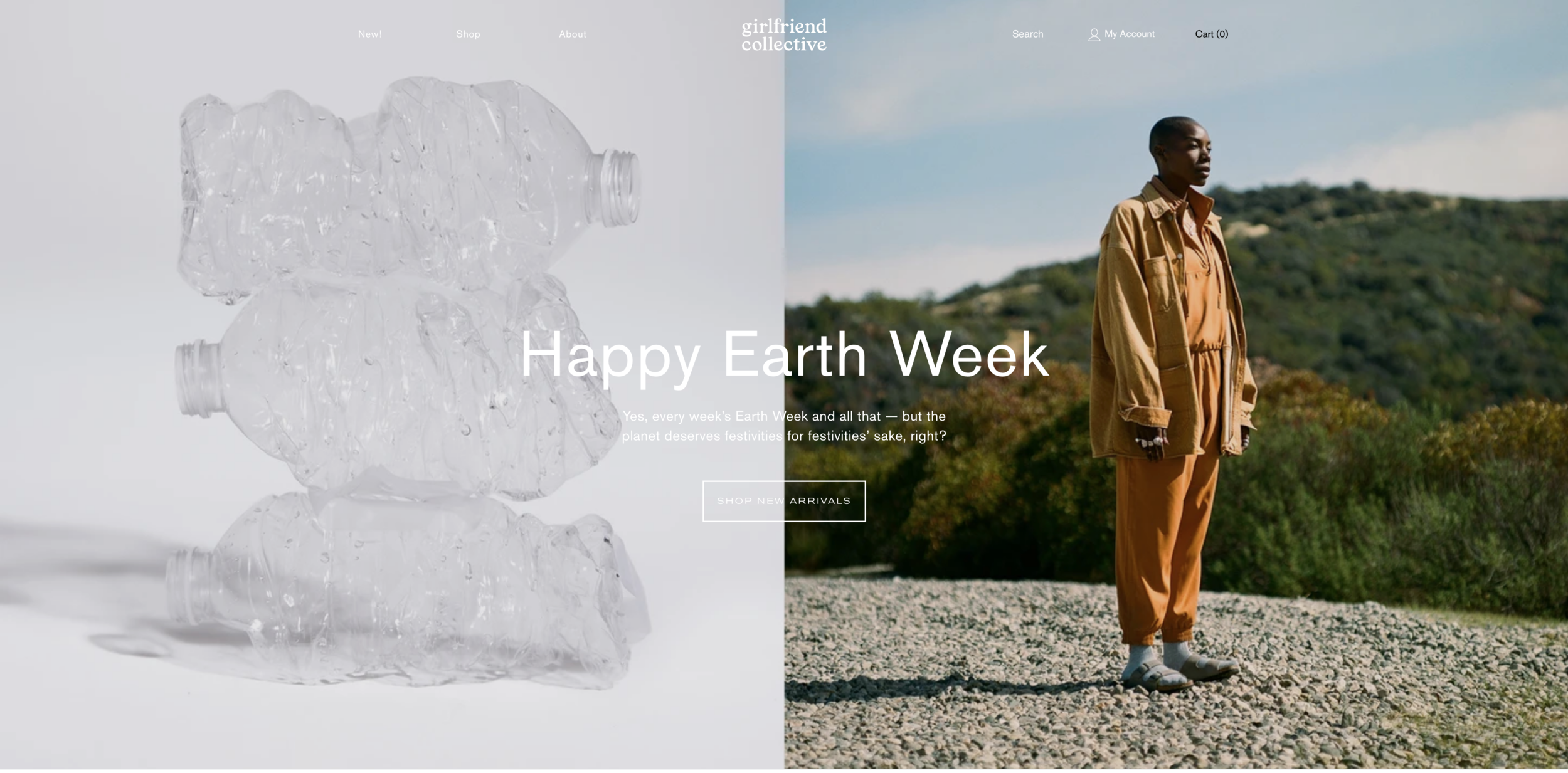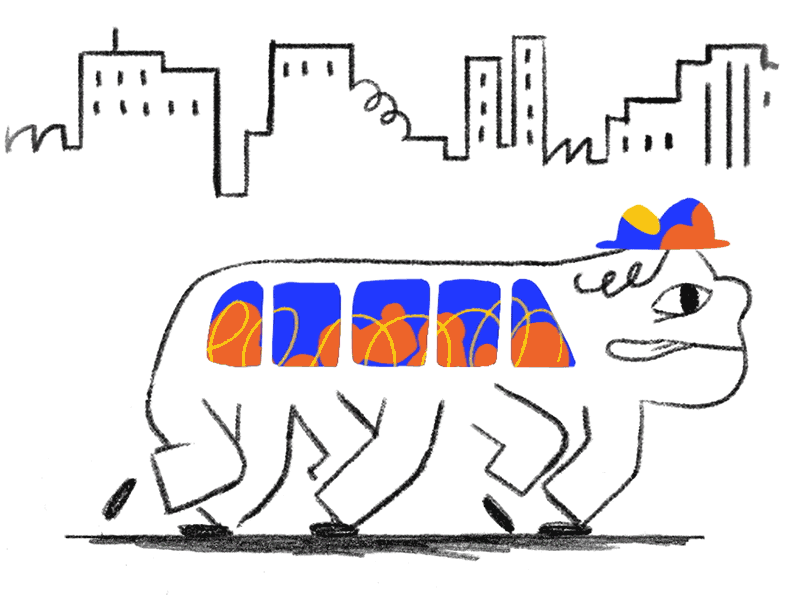When people think of visual branding, the first things that come to mind are usually logos or colors. Typefaces, on the other hand, may come in at a distant third or lower. But even though they don’t always receive the same recognition that logos or colors do, typefaces play no less of an important role in branding — which is why it’s so important to learn how to choose typography for your brand.
Along with color and shapes, typefaces are one of the main building blocks of design. After all, nearly any application of your branding — your website, digital ads, packaging — will include copy. And if the typeface of that copy doesn’t complement the other elements of your visual brand identity, it can come off as amateur — like you haven’t put much thought into your design. Your audience may even struggle to get a feel for who you really are.
Choosing the right typeface isn’t just as simple as downloading the first free font you find, though — or at least it shouldn’t be. Below are a few things worth keeping in mind while you hunt for the perfect typeface.
First Things First
The key to selecting the right typeface is finding a match between the style of the lettering and the context in which it will be seen. Looking into a typeface’s history is a good place to start. A modern, high-performance athletic footwear company, for example, probably won’t want to use a typeface designed in the 17th century on their boxes. The connotation of the typeface is important as well — think about how traditional text in Times New Roman feels, or how juvenile Comic Sans looks. And don’t forget to consider the formal qualities of a typeface as well, like consistency and spacing. If you’re not a typography expert, this is where having a designer's help comes in handy!
Serif & Sans-Serif Typefaces
The two main categories that commercial typefaces fall into are serif and sans-serif. Serif typefaces are marked by small flourishes at the end of their strokes, while sans-serif typefaces don’t have them. Times New Roman is one of the most well-known serif typefaces, while Helvetica is a common sans-serif typeface.
Generally, serifs have more details and decorative embellishments, which can make them difficult to read at smaller sizes — so they’re usually not the best fit for body copy. You’re better off choosing a sans-serif typeface for that, and saving serif typefaces for larger text.
How Many Typefaces Should a Brand Have?
If you’re wondering how to choose typography for your brand, you might not be sure about how many different typefaces you’ll need. As a general rule, most brands choose two typefaces — one for titles and headers, and one for body copy. If you go this route, try to choose two that contrast one another so it’s easy to a) distinguish between them and b) understand the distinct roles they play. Choose two typefaces that are too similar, on the other hand, and they’ll clash and lose their purpose.
It’s possible to use only one typeface, though, as long as it’s flexible enough to be used in different applications. Try choosing a font with a few different weights to add a little more variety.
I rarely see brands with more than two typefaces. When you have a lot of different people touching your brand, it’s best to keep it simple to avoid confusion. I think you’d need a deep familiarity with typefaces and design to pull it off, but if you can, more power to you!
Where to Download Fonts
When thinking about how to choose typography for your brand, you'll almost certainly have to consider digital applications — there’s hardly a company out there anymore that doesn’t have some kind of internet presence. Then, you’ll have to decide whether you want to choose a cheaper (and sometimes even free) publicly-available font, or a bespoke one.
It wasn’t so long ago that people only used a handful of web fonts — remember when you would see Papyrus and Comic Sans everywhere? The past 10 years or so, though, have been somewhat of a typeface renaissance. Now, you can find a lot of high-quality fonts from Google and Adobe. But if you can afford it, I always prefer going with a custom-made font from a type foundry.
Custom-made fonts are so much more ownable, whereas if you use a publicly-available font, you run the risk of blending in with the hundreds or thousands of other businesses that have chosen the same one. Good type foundries put so much knowledge and detail into their work, which really allows you to stand out from the crowd.
5 Awesome Type Foundries Worth Checking Out
There are a lot of great type foundries out there, but a few of my favorites are:
1. Monkey Type
Monkey Type is a cool, quirky type foundry with a strong portfolio of custom sans-serif fonts. I’m particularly fond of Banana Grotesk, a really flexible typeface that I could totally see being used for decades to come. Its minimalist style gives it a timeless look, and its readability makes it work well for either header or body copy.
2. Dinamo
Dinamo is a Swiss type foundry that’s innovative in just about every sense of the word. They have a super fun, off-the-wall website, a really interesting licensing model, and of course, tons of cool typefaces. My favorite of theirs is Whyte — it has the most delicious cuts and a wide array of weights for all sorts of different use cases.
3. Acute Studio
Acute Studio is a Netherlands-based type foundry founded by Diana Ovezea. I love how refined her typefaces feel — one of my favorites is Silverknife, a funky-but-elegant take on Copperplate Gothic.
4. Sharp Type
Sharp Type is a critically-acclaimed studio founded by Chantra Malee and Lucas Sharp. There's so much variety in their typefaces that it's hard to pick just one stand-out, but Carta Nueva is pretty dreamy — it’s almost enough to make me want to get it as a tattoo! There’s a great backstory behind it, too. The designer, My-Lan Thuong, shared that it’s “a digital re-imagination of a pointed-nib calligraphy model from 1851 in Barcelona, Spain” found at an antique fair in Madrid. How cool is that?
5. Jung-Lee Type Foundry
You can tell that this Amsterdam-based foundry is one-of-a-kind from the minute you see their website. It has this surreal, retro, anti-design vibe that’s bizarre in the best way. You can even play around with the color, size, and weight of different typefaces with the type simulator on their homepage — I’m partial to Orbis, especially the italic weight with the beautiful ascenders.
Type foundries can be pretty male-dominated, so I love finding and supporting amazing women-owned studios. I’ve found a few different ones on Femmetype, an organization that celebrates women in type, and @womenintypography, an Instagram account that features womxn in type design.
Although they may not get the credit they deserve, typefaces are undoubtedly the dark horse of brand design. The right one can pull your entire brand identity together, while the wrong one can stick out like a sore thumb. And although it may still take some time before you find the perfect fit, you’re in a great position right now — learning how to choose typography for your brand is often the hardest part.
Anastasia Salazar Ltd. is an independent design studio for tailored branding and digital designs. Reach out to learn how we can help you fuel growth and maximize your brand’s impact.


